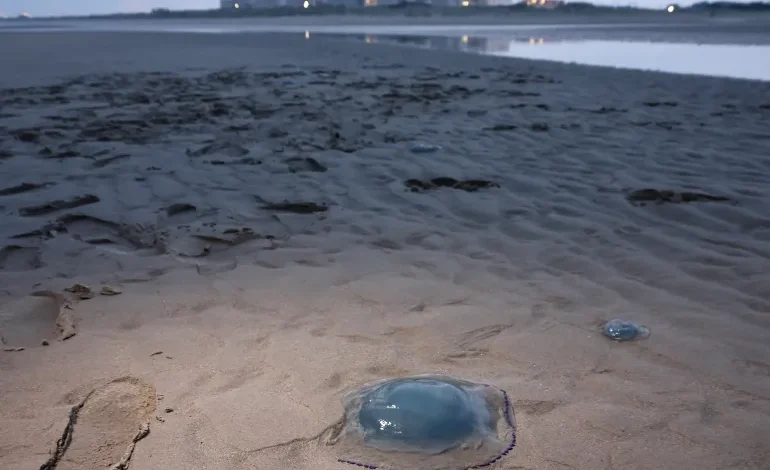Jellyfish Swarm Forces Shutdown of Four Reactors at France’s Gravelines Nuclear Plant

Four reactors at France’s massive Gravelines nuclear power station, one of the largest in the country, have been forced offline after a surprise invasion of jellyfish clogged the plant’s water pumping systems, energy giant EDF confirmed.
The shutdown began Sunday evening, with three reactors automatically going offline, followed by a fourth early Monday. EDF stressed there was no threat to plant safety, employees, or the environment.
“These shutdowns are the result of the massive and unpredictable presence of jellyfish in the filter drums of the pumping stations,” the company said.
Located on the English Channel, Gravelines is cooled by a canal linked to the North Sea. Teams are now inspecting the systems and aim to restart the reactors “in complete safety” by Thursday.
In recent years, beaches around Gravelines — between Dunkirk and Calais — have seen jellyfish numbers spike, driven by warming seas and the arrival of invasive species.
Marine experts say this phenomenon is hardly new. In 2021, the Bulletin of the Atomic Scientists noted that jellyfish swarms disrupting nuclear plants have happened worldwide, costing millions in lost production. Some scientists are now testing early-warning systems, like drone mapping of jellyfish movements, to stop shutdowns before they happen.
One troublemaker, the Asian Moon jellyfish, native to the Pacific Northwest, first appeared in the North Sea in 2020. Known for thriving in still, plankton-rich waters like ports and canals, it has caused similar shutdowns in China, Japan, and India. EDF said it’s still unclear which species was behind the latest disruption.
Such incidents remain rare in France, the last EDF shutdown caused by jellyfish was in the 1990s, but other countries have been hit harder, including a three-day closure in Sweden in 2013 and a major drop in output in Japan in 1999.
Scientists point to overfishing, climate change, and plastic pollution as key reasons jellyfish populations are booming worldwide.
EDF assured there’s no risk of a power shortage, noting that other energy sources, including solar, are covering demand during the shutdown.









The latest news in your social feeds
Subscribe to our social media platforms to stay tuned